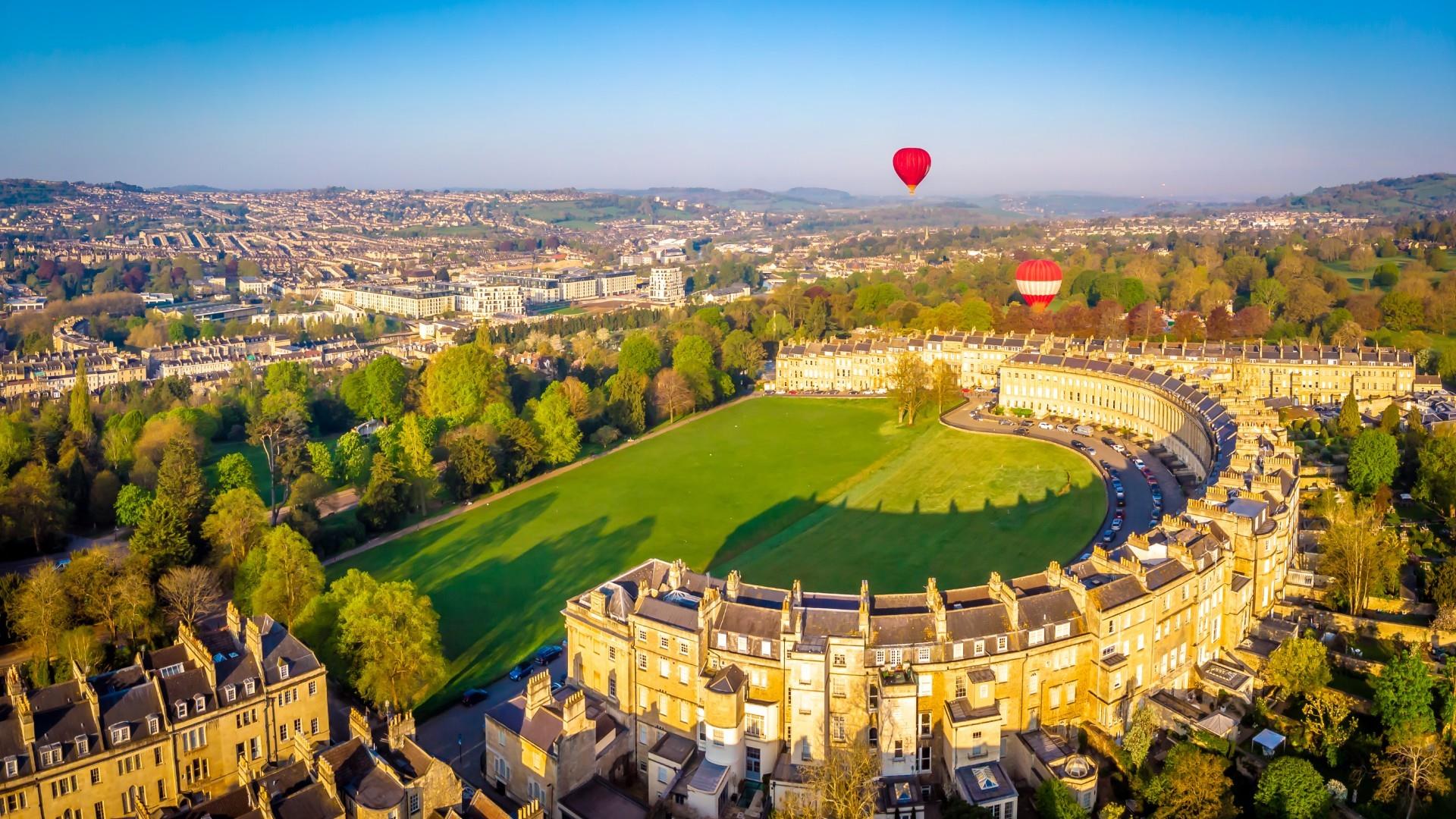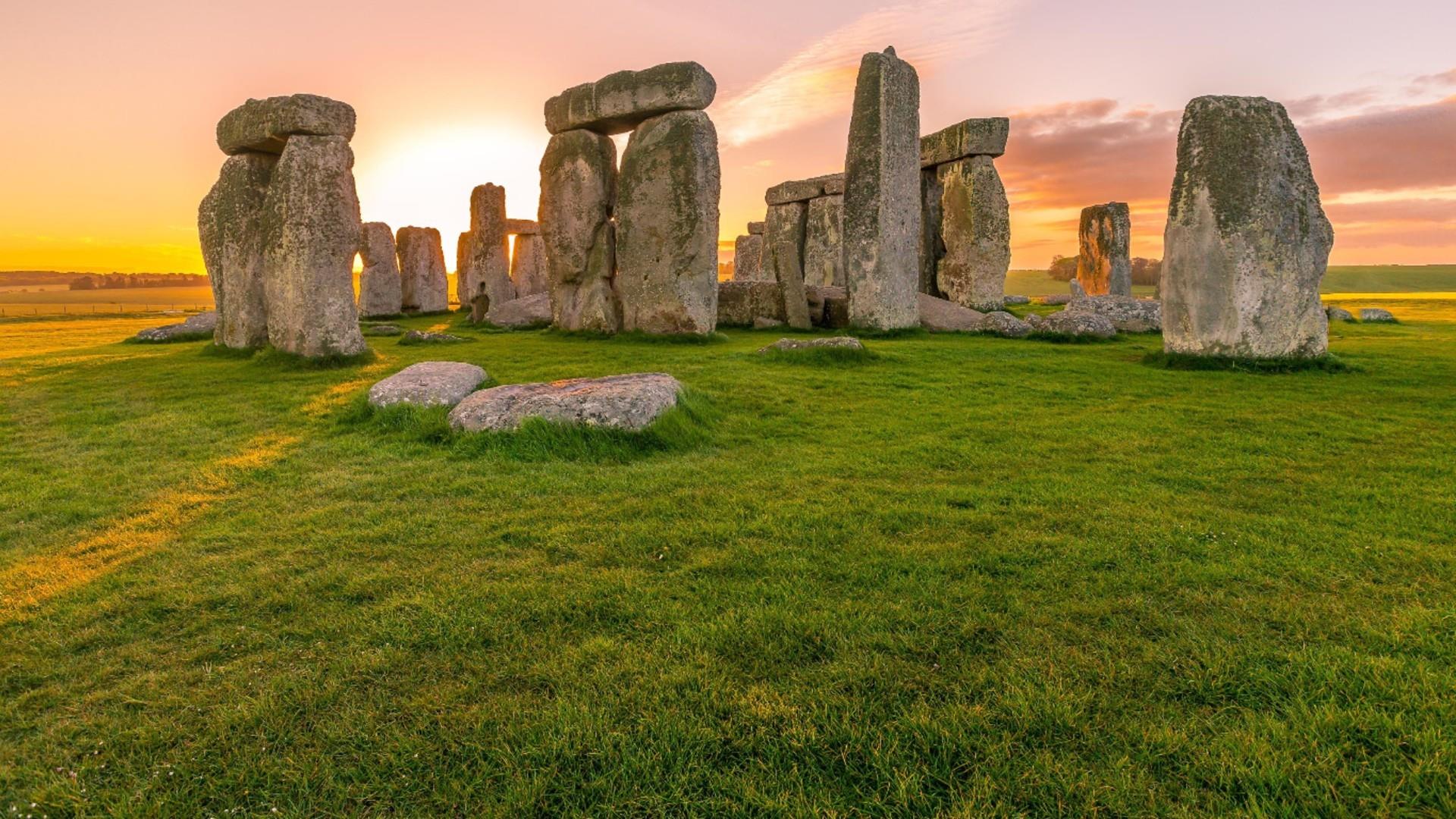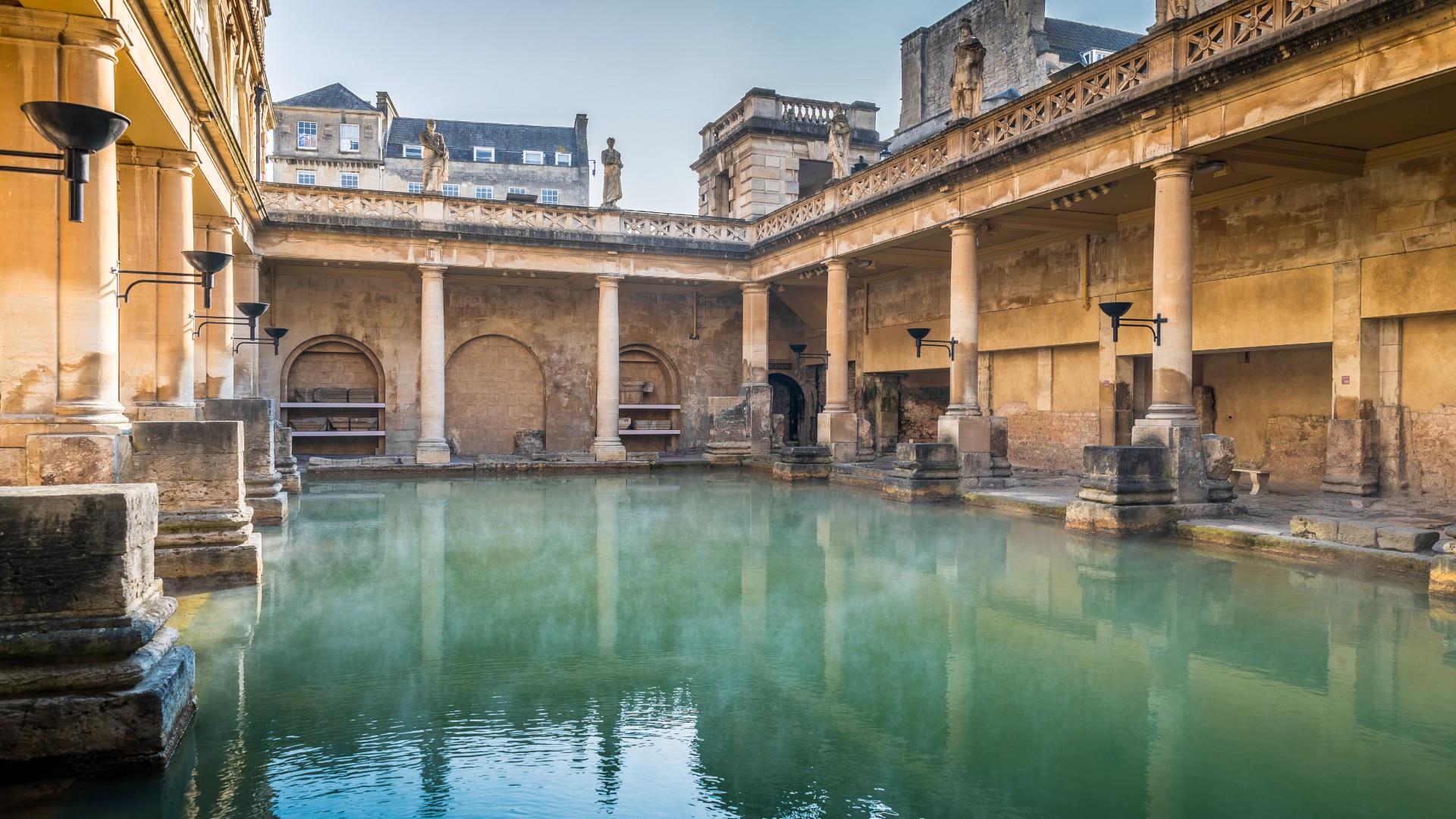Bath is the only city in the UK to be a designated World Heritage Site in its entirety. In 1987, the city was listed by UNESCO as a cultural site with outstanding universal value and cultural significance, due to its Roman remains, hot springs, eighteenth-century architecture, eighteenth-century town planning, social setting and landscape setting. In 2021, Bath received an exceptional second UNESCO listing as part of the Great Spa Towns of Europe.
Roman Remains and Hot Springs
Bath is one of the only places in the UK where you can bathe in the thermal water that comes directly from the natural hot springs deep beneath the city. Visitors can bathe in Bath's hot springs at the remarkable Thermae Bath Spa, which opened in 2006 and artfully combines ancient history with contemporary flourishes. Thermae Bath Spa's open-air rooftop pool offers spectacular views across Bath's skyline, offering the perfect place to relax and enjoy a unique experience in the city.
To experience the heart of the World Heritage Site where bathing in the spa water was enjoyed 2,000 years ago, visit The Roman Baths, a magnificent temple and former bathing complex. Here you can see the source of the city's spa water and walk in the footsteps of the Romans on the ancient, original stone pavements around the steaming pool. The extensive ruins and treasures from the spring are beautifully preserved and presented. You can also pop into the Pump Room and sample the hot spa water, rich in over 42 minerals and specifically drawn for drinking. Be warned, though – it’s not to everyone’s taste!
Eighteenth-Century Architecture
During the eighteenth century, three ambitious local entrepreneurs set out to make Bath one of the most beautiful cities in Europe. A former mayor of Bath, Ralph Allen, created the beautiful and intimate Prior Park Landscape Garden, Richard ‘Beau’ Nash played a leading role in making Bath the most fashionable resort in eighteenth century England, and John Wood the Elder designed many streets and iconic buildings, such as the Circus and Queen Square. His son, John Wood the Younger, followed in his footsteps and created the Assembly Rooms and the Royal Crescent.
Today, Bath has around 5,000 listed buildings. The most famous is the Royal Crescent, comprising of 30 houses laid out in a crescent shape. Built between 1767 and 1774, it is among the greatest examples of Georgian architecture in the world. If you want to experience an authentic taste of Royal Crescent life today, book into The Royal Crescent Hotel & Spa and enjoy the luxurious bedrooms, opulent facilities, beautiful gardens, fine dining restaurant and relaxing spa – or just drop by for an elegant afternoon tea!
To experience Royal Crescent life in its original style, No.1 Royal Crescent, the first house to be built on the crescent, is open to the public as a museum maintained by the Bath Preservation Trust. The house illustrates how wealthy property owners of the eighteenth century might have furnished such a wonderful home. Prepare to encounter many surprises as friendly, knowledgeable guides positioned in each room of the house reveal the secret history of the house and its former residents and guests.
World Heritage Sites near Bath
There are two more World Heritage Sites within easy reach of Bath, offering a fascinating day out during your stay in the city. Stonehenge is just under an hour’s drive from Bath towards Salisbury in Wiltshire. Mystery surrounds this remarkable monument erected between 3,000 BC and 1,600 BC – after your visit, decide for yourself whether it was a place of sun worship, a healing sanctuary, a sacred burial site, or something different altogether! 27 miles from Bath is Avebury, where you will find the Avebury Stone Circle, the largest stone circle in Europe. This ring of over a hundred stones, stretching a quarter of a mile across, was originally erected around 4,500 years ago.
 The Royal Crescent
The Royal Crescent Stonehenge
Stonehenge








